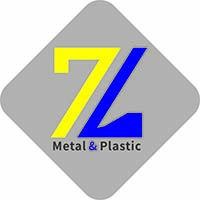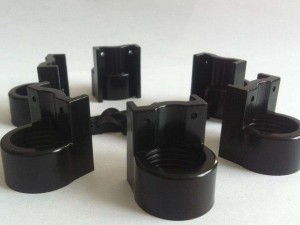Low-pressure injection process is a very small injection of pressure to inject the material into the mold and quickly curing the molding process, to achieve insulation, temperature, anti-impact, damping, moisture proof, waterproof, Dust, resistance to chemical corrosion and so on. This process originated in Europe’s automotive industry, so far in Europe and the United States, Japan and South Korea’s automotive industry and electronic electrical fields have been successfully applied for more than ten years. It is still in the preliminary stage in our country. Its application area is very extensive, including: printing circuit board, automobile electronic product, automobile harness, vehicle connector, sensor, micro switch, antennas and so on.
This low-pressure injection process is very similar to the injection molding technology of thermoplastic plastic. The granular hot glue is heated to melt so that the next step is processed in the liquid state. Unlike the traditional injection molding technology, this component of the hot glue in the special design of the mold only 2 to 40 of the low pressure can complete the packaging of electronic components. This low-pressure range is possible because this hot glue is very low in the melting state. In addition, the injection temperature range from 180 to 240 degrees Celsius, through this method, can be gently to the harness, connectors, micro switches, sensors and circuit boards, etc. Sensitive electronic components are packaged without injury to them. After the molten gel is injected into the mold, it begins to cool and solidify, curing time because of the difference in the amount of plastic, about 10 to 50 seconds. In addition to protecting the components from the surrounding environment, the low-pressure injection materials can also play an anti-impact, buffer stress. In addition, the material can also be used as an electrical insulation material.
The chemical material used in this technique is Juliana hot glue based on 2 fatty acids. The fatty acid comes from renewable resources such as soybeans, rapeseed and sunflower seeds. This kind of product is characterized by a wide range of temperature, that is, the product has a low gentle toughness, at the same time, and it also has an anti-heat creep. Because it is stronger and stronger than other thermal materials, these products have properties similar to plastic. In the injection process, these adhesives really need to play the function of plastic. In other words, the adhesive is not only a layer of film between the surface of two substrates, and an indispensable part of the external three-dimensional structure. A thermoplastic shell can be replaced entirely by these adhesives. In addition to mechanical superiority, another important feature of this type of product is its viscosity. It can be securely bonded between layers, such as wire insulation, shell materials, and circuit boards to form a perfect waterproof system.
The diversity of a material is achieved only by combining different raw materials. As a result of this fusion, this polyamide material does not have a clear melting point, but has a broader softening range. In the same way, this is also applicable to the vitrification temperature, and, more accurately, a vitrification temperature range. In addition to the characteristics of mechanical properties and vitrification, the related characteristics are also important factors, such as fire-resistant properties and electrical insulation. Thermal expansion is also especially important for the temperature cycle. And in addition to these, there must be a chemical resistance to be considered in the automotive industry.
The mold is usually made of aluminum because it is cheaper than the steel mold. Moreover, after the injection process, it is easier to mold unloading the aluminum mold than the steel mold, because the polyamide material is stronger to the steel mold. The reasonable mold design is very important for easy mold unloading and the future performance of the packaging components.
Post time: Apr-04-2018

